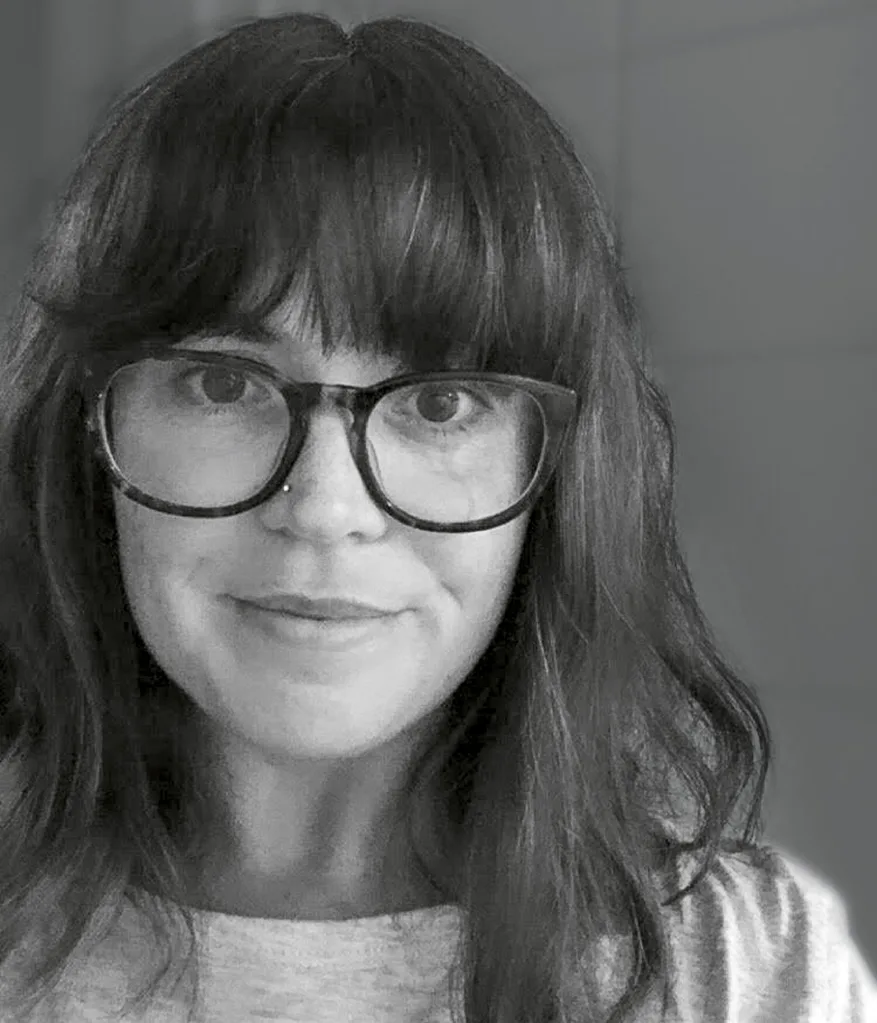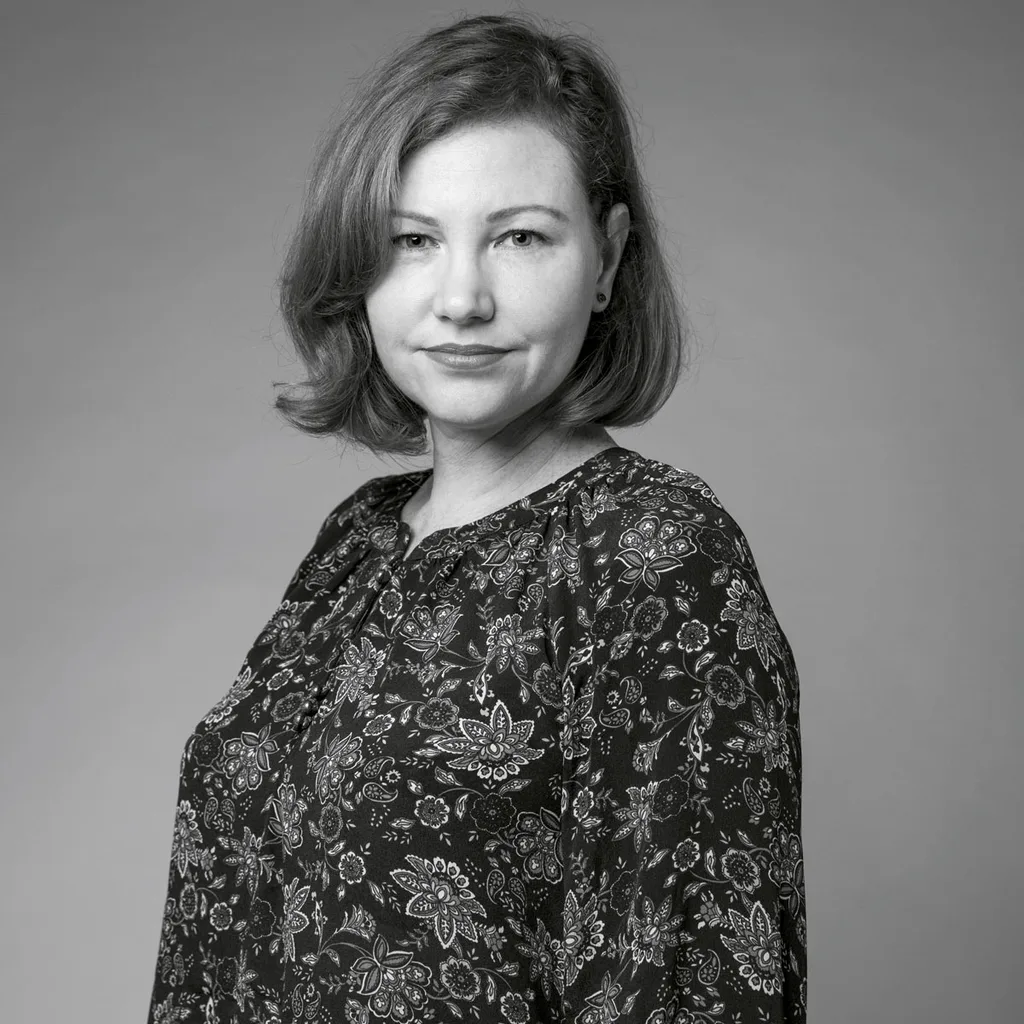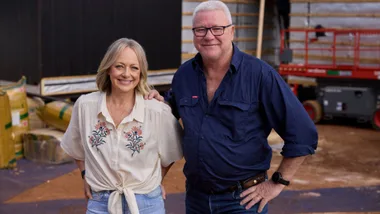Women wait longer for medication, are prescribed less-effective drugs and are disproportionately told that their pain is all in their head. The gender pain gap is real and it’s putting women at a deadly disadvantage.
Kylie Maslen spent 14 years trying to find an answer for the excruciating, debilitating pain that accompanied her period each month. From the age of 13 to 27 she knew something was wrong.
“It was like getting gastro every period; I would throw up a lot, I’d have diarrhoea, I’d get migraines and lots of symptoms that I knew other girls around me weren’t getting,” Maslen remembers. “I’d be literally doubled over in pain and I just had this really instinctive feeling that something wasn’t right.”
Some months the crippling symptoms lasted three weeks. She routinely had her appendix checked and took dozens of pregnancy tests in a futile bid to find an explanation. Countless doctors told her it was normal for some women to have more painful periods than others and that she was just “unlucky”. Maslen wasn’t just unlucky. At age 27 she was finally diagnosed with endometriosis, polycystic ovary syndrome and chronic pelvic pain.
“It was the third gynaecologist I saw, and she was really well versed in pelvic pain and she made the most enormous difference in my life,” Maslen, now 36, says. “She was the first person who showed a real interest in finding out why I was in so much pain.”

Endometriosis sufferer Kylie Maslen.
Maslen’s experience is far from unique. Worldwide an estimated 176 million women, roughly one in 10 menstruating women, have endometriosis. In Australia, it affects one in nine women by their early 40s. Despite its prevalence, on average the disease still takes between seven to 10 years to be diagnosed. Sufferers believing that their pain is normal and not seeking intervention are factors that contribute, but the author of a new book on women’s health concludes “the stark reality is that women’s pain is not taken as seriously as men’s”.
“The majority of the delay is down to doctors dismissing period pain as normal, a poor understanding among both GPs and specialists about the disease, and a severe lack of research and focus on it,” Gabrielle Jackson, The Guardian Australia’s associate news editor, writes in Pain And Prejudice.
The Girl Who Cried Pain was a seminal study published in 2001, which definitively detailed how doctors and other medical professionals responded differently to women compared with men.
“Women are more likely to seek treatment for chronic pain, but are also more likely to be inadequately treated by healthcare providers, who, at least initially, discount women’s verbal pain reports,” wrote Professor Diane Hoffmann and Professor Anita Tarzian, from the University of Maryland in the United States. “They attribute more import to biological pain contributors than emotional or psychological pain contributors.”
A study from the University of Rhode Island on the differences between women and men recovering from coronary artery bypass graft surgery revealed that male patients were given pain relief in twice as many cases as female patients.
The New England Journal of Medicine concluded women are seven times more likely than men to be misdiagnosed and discharged during a heart attack.
Meanwhile, a study published in the US National Library of Medicine revealed that women wait on average 65 minutes before receiving an analgesic for acute abdominal pain, compared with a wait time of 49 minutes for men.
“The gender pain gap is absolutely a problem and is one that we do need to address,” reconstructive surgeon Dr Jill Tomlinson says. “Medicine is a fairly patriarchal profession and while that has changed in recent decades, even people who are coming through today, have … expectations of gendered behaviour.”
Women are also disproportionately told that their pain is “all in their head”, that they are suffering from anxiety or depression, or even that they’re simply making it up. Professor Louise Sharpe, an expert in psychology at the University of Sydney who has researched this subject extensively, says that women are more likely to be given sedatives, medicine for anxiety or depression, or referred to a psychologist, than actual pain relief.
“Anything that’s related to the female reproductive system, too, is much more likely to be seen as psychological rather than physically oriented,” Sharpe says. “This has a terrible effect on women and can cause a much more protracted outcome. They often go away and feel much worse about themselves and they worry that they have to convince their doctor that they really are in pain.”
One study revealed that women are seven times more likely than men to be misdiagnosed and discharged during a heart attack.
It’s this subject that Jackson explores in depth in Pain And Prejudice. In her own experience with endometriosis, particularly the realisation that, rather than being “weak and flaky” as she’d always worried her physical symptoms indicated, Jackson was simply experiencing the full gamut of a disease, which was the catalyst for thinking more widely about women’s pain.

Author Gabrielle Jackson.
After pitching a feature to her editor at The Guardian on the topic in 2015, it quickly took on a life of its own, kickstarting a worldwide investigation that saw 600 readers send in their own stories within 2T4 hours, and attracting one million readers. The story has since been shared 40,000 times.
The gendered notion of women’s pain has a long history. In the 19th century, women were routinely diagnosed with “hysteria” instead of having genuine medical issues seriously assessed. A “hysterical” woman was deemed to be mentally unwell, in part because of her “natural womanly weakness”.
“It’s very curious that the word ‘hysteria’ comes from the Greek word that means ‘uterus’,” says Tomlinson. “It used to be that women were submitted to a mental asylum for a diagnosis of hysteria, which speaks of the really deep-seated discrimination about gender.”
The word ‘hysteria’ comes from the Greek word that means ‘uterus’, which speaks of the really deep-seated discrimination about gender.”
Dr Jill Tomlinson
Tomlinson says one of the biggest problems is the idea that women complain more than men, and are therefore taken less seriously. “We expect or believe that men are stoic when they are in pain but women are expressive when they have pain; as such, when a man presents to a doctor, the doctor thinks ‘this man wouldn’t be saying that he’s in lots of pain unless he really was in a lot of pain.’”
Alley Pascoe, 27, and her partner Max were driving from Sydney to Newcastle during a long weekend earlier in the year when the car in front of them suddenly slammed on its brakes without warning. It created a multi-vehicle pile-up, with Pascoe’s car wedged between two others.
“I was in the passenger seat and my side got most of the impact; the left-hand side was really crushed in,” she explains. Despite appearing to have escaped injury, the couple were taken to hospital as a precaution. By the time they arrived, the pain from the whiplash had started to hit and when asked to rate it out of 10, Pascoe described hers as a “seven” to hospital staff. Max described his as a “five” but the pair were treated very differently.
“Max was seen to first; he was actually taken into a room in the hospital, they took his blood pressure three times and he was seen by two doctors,” she says. “They were pretty concerned and wanted to put him in a neck brace. I was seen about half an hour later and the doctor just wandered off and spoke to someone else. When he came back, he had a quick feel of my back and my neck and then he pretty much dismissed me,” she says, adding that she was prescribed Nurofen and a glass of red wine.
Fortunately for Pascoe, having her pain dismissed didn’t result in any adverse consequences, but for too many Australian women it has.
The extent of the devastating gender pain gap was exposed in 2017, when scores of women around the country spoke out about a small mesh device they’d had surgically inserted into their pelvises to address incontinence or prolapse, two conditions commonly caused by childbirth. Instead of helping, these implants caused thousands of women excruciating pain in their pelvises, backs and legs, bleeding, painful sex, vaginal scarring, frequent urinary tract infections and the formation of fistulas.
To add insult to grave injury, a damning Senate inquiry revealed that many of these women were forced to wait for “extensive periods, sometimes years, to receive recognition and treatment to address their symptoms”.
Perth woman Stella Channing told the committee, in a submission from the Australian Pelvic Mesh Support Group, about some of the most tragic cases – including women who had lost their jobs, careers, homes and even marriages because of it. “The pain and complications cause them to be isolated from their friends and families, and many suffer from depression, anxiety and PTSD,” she said.
The vaginal-mesh scandal was a modern medical crisis that resulted not just from the awed mesh but also doctors who routinely ignored or downplayed the serious pain thousands of women were experiencing. In October 2018, the Federal Minister for Health, Greg Hunt, acknowledged “the women who spoke at the public hearings and their significant effort in recounting their deeply private and frequently traumatic experiences”.

Surgeon Dr Jill Tomlinson.
Tomlinson, a federal councillor with the Australian Medical Association (AMA), hopes that if anything remotely beneficial emerges from the scandal it will be increased awareness among women to seek out additional medical opinions if their doctor dismisses their pain symptoms.
“We are trained as women to accept the word of authority, such as doctors, as the absolute truth, but it is also important to advocate for ourselves about the assessment and treatment that we need,” she says. “I know that at times women have been dismissed by doctors and haven’t had their symptoms taken seriously, but I would encourage them to persist in trying to find a good GP who they can really partner with on their health journey,” she says.
Tomlinson believes getting more women into medicine, particularly in leadership positions, is crucial to remove the “gender lens” that is devastating the health and lives of too many women.
She says the AMA’s recently formed committee on equity and inclusion is aimed at educating doctors and healthcare workers about the gender pain gap. “It needs to be addressed urgently and the sooner the better. I’m hoping that as more women come through medicine and enter roles of leadership, we will be able to challenge [this medical bias],” she says.
I’m incredibly angry and frustrated with what I had to deal with, and the things I missed out on, because it took such a long time to get a diagnosis.
Kylie Maslen
Maslen paid a hefty price for the 14 years it took to find an answer to her medical woes. She is now classified as disabled and continues to suffer from debilitating pain. “I can’t work full-time, there are things that I need help with; occasionally I’ll need to ask family for help with cleaning and cooking. I feel grateful for the doctors I have in my life now, who are really incredible and who listen and really care and recognise how hard I work to look after myself,” she reflects. “But I’m incredibly angry and frustrated with what I had to deal with, the things I missed out on and continue to miss out on, because it took such a long time to get a diagnosis.”
Photography courtesy of Kylie Maslen; Courtesy of Jill Tomlinson; Courtesy of Gabrielle Jackson; Getty Images; Newspix.
This story originally appeared in the December issue of marie claire.











